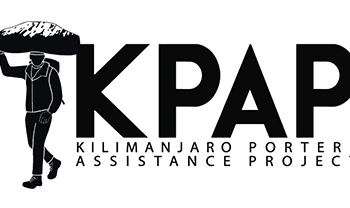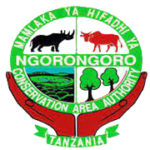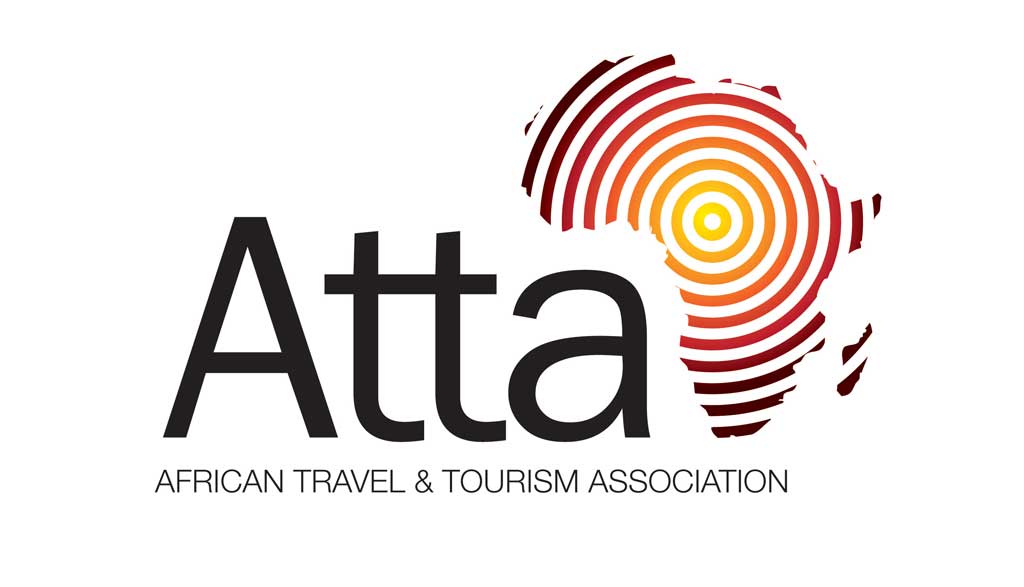Kilimanjaro Travel Insurance
Kilimanjaro Travel Insurance
*Extreme Activity Pack Required*
Mount Kilimanjaro, at 5,895 meters (19,341 ft) above sea level, is the highest mountain on the African continent. It is one of the Seven Summits – the highest mountain peaks of each of the seven continents – that requires no technical climbing skills since all of its trekking routes are pure hiking paths.
Of Mount Kilimanjaro’s seven official trekking routes, Machame is thought to be the most scenic and therefore the most popular. It can be done in six or seven days. The Rongai is considered the easiest and uses different ascent and descent routes for added variety. The Marangu is another easier route but it tends to be busy, uses the same ascent and descent routes. The accommodation is in shared huts with other climbers.
It is no longer possible to make the climb Kilimanjaro independently. All trekkers need to be accompanied by a registered guide and pay entrance park fees. We recommend that you book with a reputable UK-based tour company who will be able to provide all travel arrangements, camping equipment, and a full support team.
Staying safe and well
If you are planning to trek to the summit of Kilimanjaro you need to ensure that you have a good level of fitness and are properly equipped. While the climb is not as challenging as the high peaks of the Himalayas or Andes, high altitude, low temperatures, and high winds make this a difficult and potentially dangerous trek. Altitude sickness is the commonest reason for those failing to reach the summit, Uhuru Peak, and can strike even the most experienced of trekkers, so it is essential that you plan to allow a minimum of five nights for the climb allowing you to slowly increase your acclimatisation time.
Malaria is not a risk while you are on the mountain as there are no mosquitoes above 1,800m, but you are at risk before and after your climb so we recommend you take the anti-malarial medication in advance of your travel. You will need a yellow fever vaccination before travelling to Tanzania.
When to go
Optimum climbing conditions occur between December and February, and from July to September. The busiest season on the mountain coincides with summer holiday period in Europe and N. America. April, May and November are the wettest months and so not ideal for trekking. December is becoming a popular month, despite being very cold on the summit. Snow cover on the mountain is highest between November and May.
The importance of Kilimanjaro Travel Insurance
Travel insurance is essential for any journey but is particularly important when undertaking potentially hazardous activities such as trekking in remote regions where medical facilities or assistance may not be close at hand. You’ll enjoy your adventure better with the peace of mind that comes from knowing you have the right travel insurance cover in place for climbing Kilimanjaro should a mishap occur. This can be anything from lost or stolen luggage to a full helicopter rescue off a mountain.
For trekking, you need to ensure that your travel insurance covers you for altitude. Most standard policies provide cover for walking up to a maximum of 2,500 metres.
Trust Tours And Safaris Extreme Activity Pack covers any altitude above 4,500 metres and is suited to the most challenging of mountain treks such as Kilimanjaro, (nearly 6,000 metres at its summit), Aconcagua, and Mont Blanc.
Please note for trekking in Nepal the Nepal Trekking Pack add-on will need to be included. A 7,000m altitude limit is applied to this.
OUR PARTNERS & AFFILIATES








